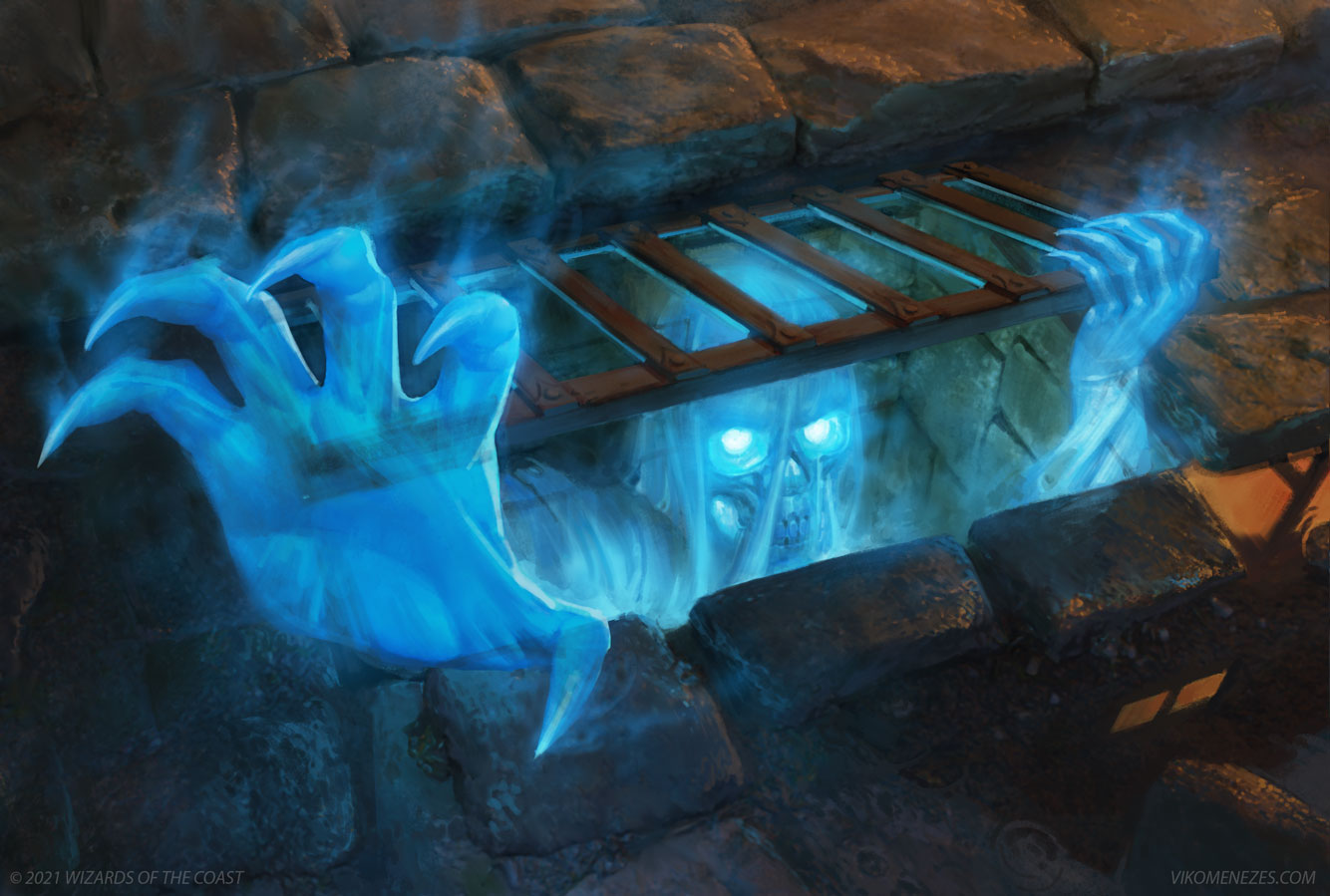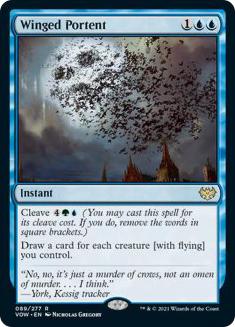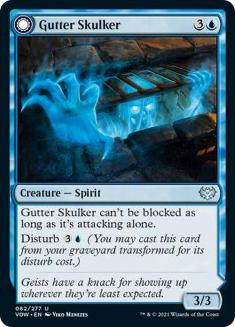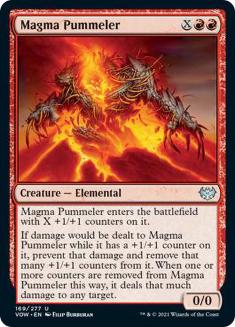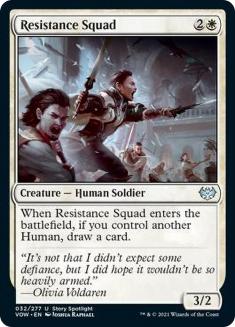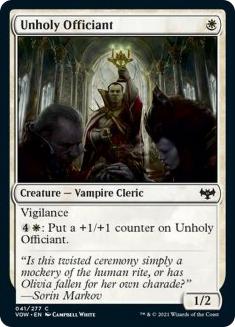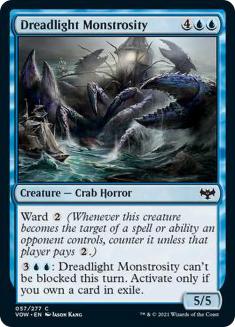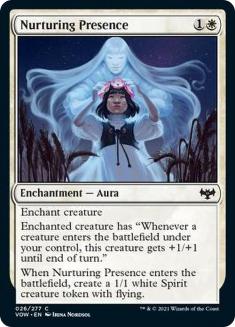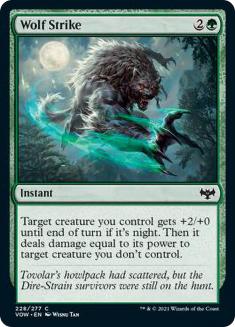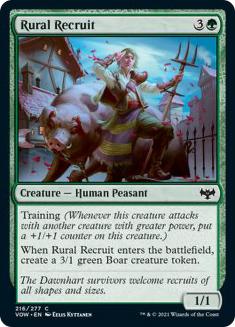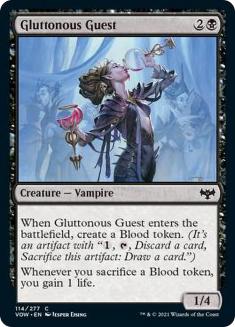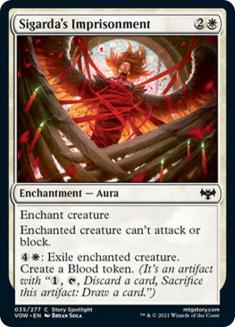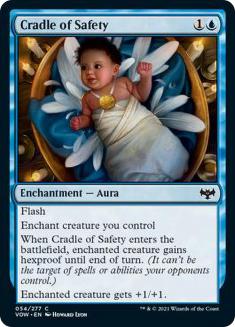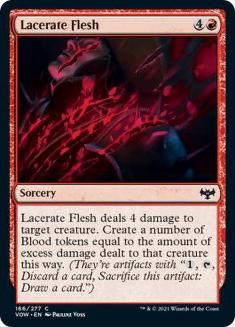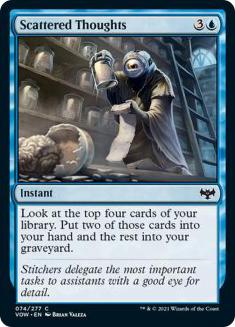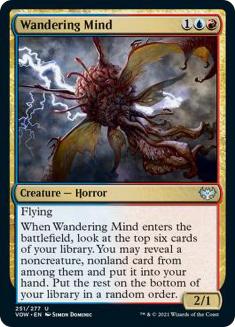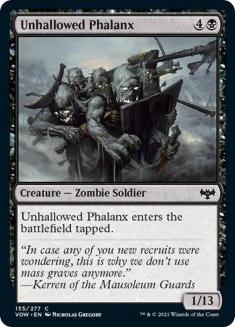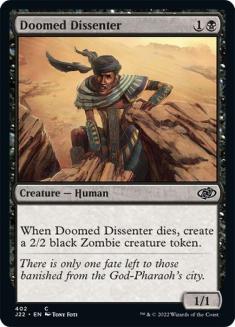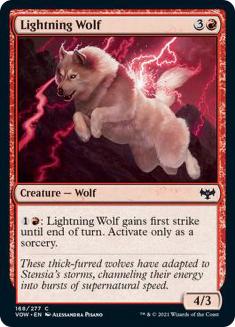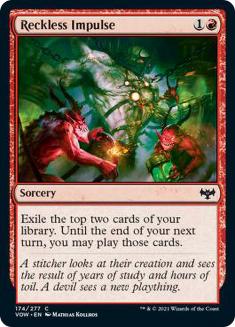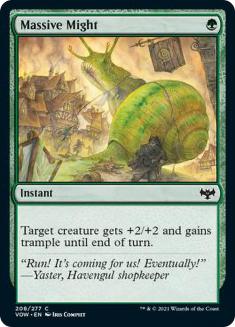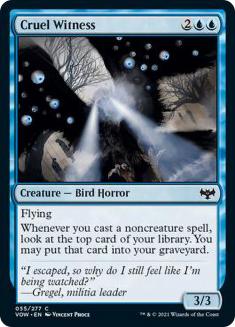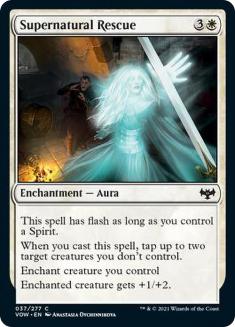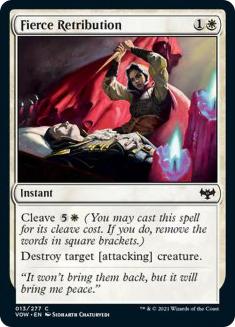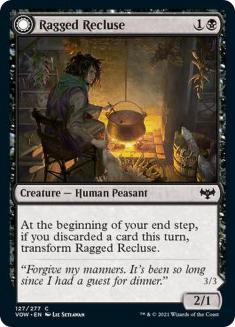At the beginning of any Limited format, there’s a daunting amount of information presented during a draft. You have to read the cards, determine how good they are with respect to the other options conditioned on both your pool and what archetypes you believe are good/bad, and ultimately make a decision.
Normally, Pack 1, Pick 1 is the easiest junction of a draft. An overwhelming majority of optimal picks for Pack 1, Pick 1 can be described by a linear pick order. Sure, sometimes the context of that pack perturbs this order, but more often than not it doesn’t. However, early on in a format it’s one of the harder junctions. At least by the middle of Pack 1, you have some direction and can ignore a reasonable portion of the pack, which isn’t as daunting. But Pack 1, Pick 1 sets up your entire draft, and so with no pick order to help, it’s important to be able to parse the information properly.
I find it useful to break the pack into sections where comparisons make sense. Rather than looking at the whole pack to make my decision, I look at multiple subsets of the pack that make sense to compare. These are the steps I follow:
- Determine all the cards in the pack that are reasonable to consider (you probably already do this).
- Break up those cards by color and/or role (e.g. grouping the removal spells).
- In each of these groups, determine the best card. It’s much easier to solve these sub-problems because comparing cards in similar groups is very intuitive based on experience in prior formats.
- Now, pick from one of the winners of these groups.
This is a great way to approach decisions in draft because it not only hones in on the best cards to select from, but it does so in an orthogonal way, which I find helpful. Once you have these finalists, using them to eliminate each other is pretty easy, and you’ll end up down to two or so options very quickly.
Now, let’s put this into use for the following Pack 1, Pick 1:
Pack 1, Pick 1
The Pack:
The Pick:
White options:
Sigarda’s Imprisonment will be one of the most overrated cards in the set, possibly for a long time. I know, it’s a removal spell and it has value attached to it. Exploit is a thing. Last time we saw exploit, in Dragons of Tarkir, Pacifism was the worst it had ever been. It’s not that the card is unplayable or anything — it’ll be fine removal for your white decks — but treat it more like those overcosted five-mana removal spells that you sometimes play a copy of, not a premium common.
This leaves Resistance Squad as the best white card. There are a lot of Humans in the set, and a general lack of card advantage. I like the card a lot, and while I don’t think it’s a card I’m super-happy to first-pick, it’ll be good in probably every non-Azorius white deck.
Blue options:
Winged Portent is a cool rare, but that’s really it. Six mana for card draw is so incredibly expensive, and the conditional aspect on the cheaper mode kills the card for me. I think Winged Portent could have had a better home in Innistrad: Midnight Hunt, where disturb created flying creatures rather than Auras.
Gutter Skulker has a lot of text, but it’s only okay. In the last year we’ve had many Phantom Monster variants, and they’ve all underperformed. As a creature on-rate, Skulker is worse than Phantom Monster. The only question is, “Does the disturb ability on the card make it enough better to be an exciting card?” I don’t think so. In some decks, where creatures are big enough, making a single unblockable attacker is enough to win. But generally blue decks don’t have high power creatures, and most of the Auras through disturb don’t provide extra power.
Scattered Thoughts is going to be a Top 5 common in the set, and it’s a card I’m happy to first-pick. The raw card advantage is pretty absurd, and the set seems to be lacking in that department. It’s the clear blue front-runner in my opinion.
Red options:
The first time I read Magma Pummeler, I was excited. The second time, I realized it’s just too clunky. It’s not even in consideration for me. The card has an incredible ceiling, but that requires too much mana. At three, four, and even five mana, the card is just way too below rate. And the fact that a non-damage removal spell gets rid of the potential value in combat, and your opponent almost always gets to choose whether you get value, well, I just think it’s pretty bad. But it looks good!
Green options:
I think Rural Recruit is one of the more underrated green cards. I’m pretty excited to play with training, and a training body that comes with a creature to let it train twice is quite exciting to me. A four-mana 3/3 that creates a 3/1 token would be the best green common for sure. Recruit is worse than that, but the potential to be that good makes me raise an eyebrow. It’s not as good as Wolf Strike, but it’s the second-best green common in my opinion.
Wolf Strike looks like cards that have been bad, but it has a lot going for it. I’m pretty sure I would rather have Rabid Bite, as the one-mana discount is worth the sorcery-speed downgrade. However, the +2/+0 boost is nothing to scoff at, especially when it’s an instant, since all it takes is a Werewolf to pass the turn with Wolf Strike in your hand. Overall, it’s a Top 10 common, but not in the first tier of commons I’m so happy to first pick.
This means the final decision is between Scattered Thoughts, Rural Recruit, and Wolf Strike, three very orthogonal cards. They all are maximized in different decks, and play relatively different roles, and are of first-pickable quality. What would you take?
Personally, my gut says to take Scattered Thoughts. Something about this card’s potential to be a splashable, instant-speed Harmonize just makes me think it’s going to be fantastic. Rural Recruit has a better impact on the battlefield, but it’s not as consistent card advantage. Wolf Strike is a solid removal spell, but it’s not incredibly premium. For example, I think Bleed Dry and Abrade are premium common removal spells, and those are much closer to Scattered Thoughts in my opinion (Bleed Dry is probably better, and Abrade is probably worse).
Pack 1, Pick 2
The Picks So Far:
The Pack:
The Pick:
If you find yourself considering Cruel Witness here over the other options, you’re probably marrying your first pick too often. The argument that taking a mono-blue card keeps you more open isn’t necessarily true. Taking cards of different colors to start a draft can provide a better path to end up in the open lane because you have more positions to pivot towards.
Now, starting with all cards of a single color does put you in a position to capitalize on a late card in a single color, or a bomb rare at Pack 2, Pick 1, but it also gives you less of an opportunity to pivot away from that color, which may be necessary. I say this, not to state “It’s wrong to do this,” but that there are other ways of being flexible. If Cruel Witness were a better blue card, it would be in the discussion. But as is, I’m not excited for a Phantom Monster, and think the uncommons in this pack are too much better.
The two white cards here show extremely important context. I think I would rather start a draft with Resistance Squad than Fierce Retribution, but I’m pretty sure Fierce Retribution is much better in Azorius than Resistance Squad. This isn’t to say that I’d be committing to Azorius by taking a white card here, but rather that a good blue card in my pool makes me assess nonblue cards with a weight towards their corresponding blue archetypes. With this in mind, I actually think Fierce Retribution is a better pick than Brine Comber.
Brine Comber is a cool card, but the more I think about it, the less I think it’s a strong pull to Azorius. It’ll be solid in most Azorius decks, but it’ll only be fantastic if the archetype is wide open such that you can get a density of disturb cards, especially since many of the commons and uncommons with disturb are playable in any deck that can cast them. Given this, I would rather have Brine Comber land in my lap once I’m Azorius than have it bias me in that direction. So, if I’m considering the Azorius direction, Fierce Retribution is the better pick. It’s a solid interactive spell for that deck while also keeping me open to pivot away from Scattered Thoughts and towards a different white archetype.
But is Fierce Retribution better than Wandering Mind?
The answer to that question entirely depends on the quality of the Izzet archetype. From looking at the set, Izzet doesn’t seem to have the right tools. The payoffs aren’t of the same caliber as they were in Innistrad: Midnight Hunt. Abrade and Flame-Blessed Bolt at common would have made Izzet one of the best decks in the last format, but Kessig Flamebreather is a major step down from Festival Crasher. If Izzet turns out to be a poorly performing archetype, Fierce Retribution is the pick. However, if Izzet turns out to be solid, Wandering Mind is too powerful to pass here, especially with Scattered Thoughts already in my pool.
It’s the beginning of the format, and as I wrote earlier this week, exploration is the most important thing. Given that, I believe taking Wandering Mind and seeing if Izzet can work is in my best interest.

